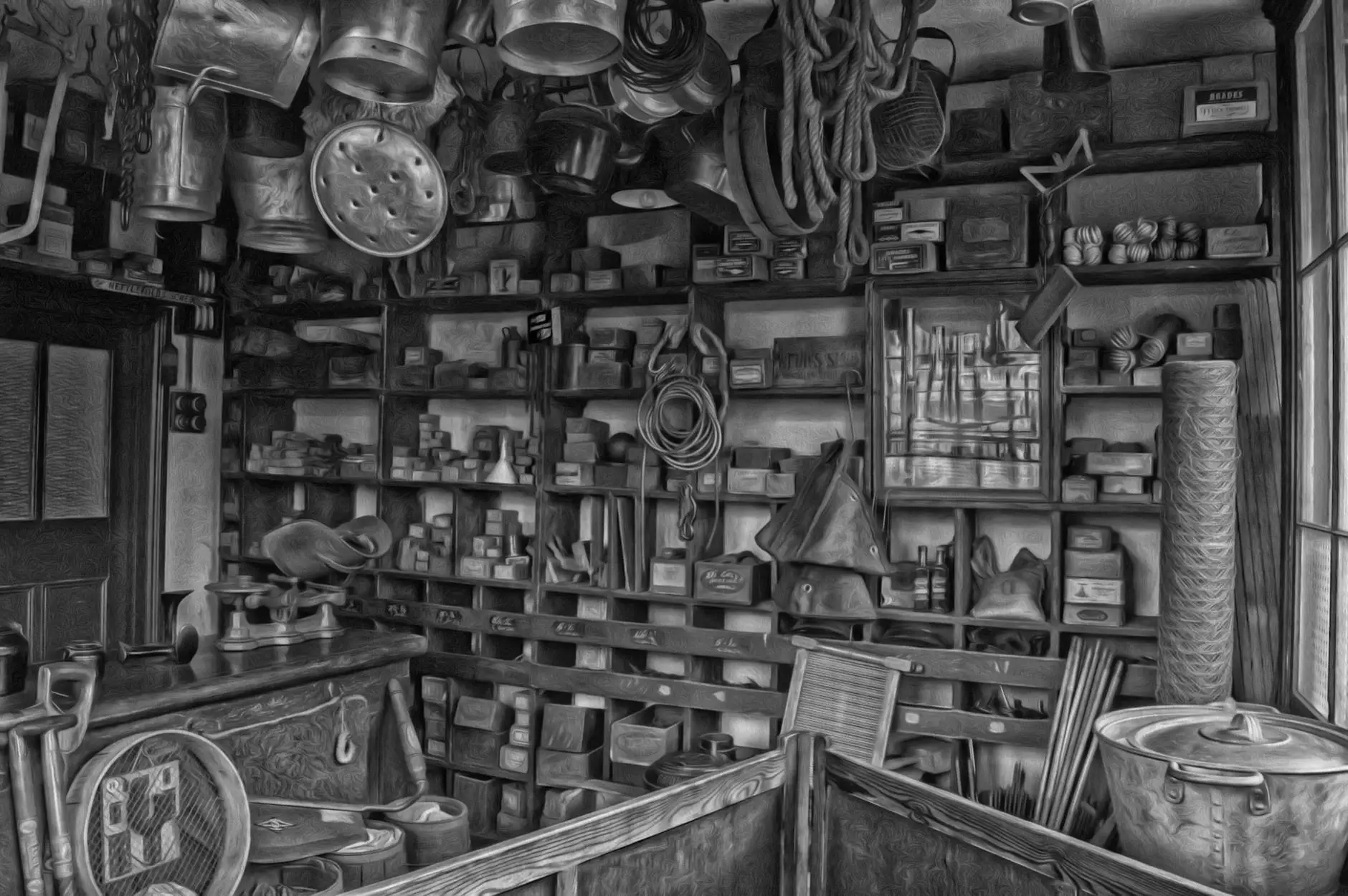Understanding Pressure Die Casting Mould and Its Impact on Modern Manufacturing

Pressure die casting mould technology has emerged as a cornerstone of modern manufacturing, particularly within the domain of metal fabrication. This advanced casting method enables the creation of intricate metal parts with exceptional precision and speed. As businesses strive for efficiency and quality in an increasingly competitive market, understanding the nuances of pressure die casting is essential for both manufacturers and consumers alike.
What is Pressure Die Casting?
Pressure die casting is a manufacturing process in which molten metal is injected into a mold under high pressure. This technique allows for the production of complex shapes with fine details and tight tolerances, making it an ideal choice for various industries such as automotive, aerospace, and consumer goods. The process typically involves the following steps:
- Preparation of the Die: A die is crafted, often from high-quality steel, designed to withstand the melting point of the metal being cast.
- Melting the Metal: Metals such as aluminum, zinc, and magnesium are melted in a furnace and prepared for injection.
- Injection: The molten metal is forced into the mold at high pressure, allowing it to fill all cavities and create the desired shape.
- Cooling: Once filled, the mold is cooled to solidify the metal, ensuring the integrity of the part.
- Removal and Finishing: Finally, the die is opened, and the finished part is removed. Additional finishing processes such as trimming or surface treatment may be applied.
The Advantages of Pressure Die Casting Mould
The use of pressure die casting mould provides several notable advantages, which can significantly impact production efficiency and product quality:
1. High Precision and Detail
The ability to create intricate designs with high dimensional accuracy makes pressure die casting one of the most precise manufacturing processes available. This is crucial in industries where even minor defects can lead to substantial costs and safety issues.
2. Excellent Surface Finish
Parts produced through pressure die casting typically exhibit a smooth surface finish, often requiring minimal additional processing. This reduces the manufacturing cycle time and overall costs.
3. Increased Production Speed
Pressure die casting allows for rapid production cycles. The ability to produce large quantities of parts in quick succession makes it ideal for high-demand industries.
4. Material Efficiency
This method ensures minimal waste, as any excess metal can often be recycled and reused in the production process, contributing to sustainability goals.
5. Versatility in Applications
Pressure die casting mould technology can be applied to a wide range of metals, including magnesium, aluminum, and zinc, and is utilized across various sectors, from automotive to electronics.
Applications of Pressure Die Casting Mould in Different Industries
The versatility of pressure die casting mould technology enables its application across various fields. Here are some of the primary industries that utilize this remarkable manufacturing process:
Automotive Industry
The automotive industry greatly benefits from pressure die casting. Components such as engine blocks, transmission cases, and various internal engine parts are commonly produced using this method due to its precision and strength.
Aerospace Industry
In aerospace, where weight and durability are critical, pressure die casting plays a crucial role. Components for aircraft, including housings, frames, and critical support elements, are manufactured to exacting standards.
Consumer Goods
From kitchen appliances to electronic enclosures, consumer goods often utilize pressure die casting for components that require both aesthetic appeal and functional integrity.
Telecommunications
The telecommunications industry uses pressure die casting for items such as antenna housings and adapter shells, which need to withstand environmental stresses while maintaining a sleek design.
The Future of Pressure Die Casting Mould Technology
As technology continues to evolve, so too does the pressure die casting mould process. Innovations are emerging that promise to enhance efficiency, reduce costs, and improve the environmental impact of manufacturing. Key trends likely to shape the future of pressure die casting include:
1. Advanced Materials
Research into new alloys and composite materials can lead to lighter and stronger components, capable of meeting the challenges of modern applications.
2. Automation and Robotics
As automation becomes increasingly prevalent in manufacturing, integrating robotics into the pressure die casting process can improve precision, speed, and safety, further driving efficiency.
3. Environmental Sustainability
Efforts to reduce waste and enhance recycling capabilities within the pressure die casting process will support global sustainability goals. This includes using environmentally friendly materials and processes.
Choosing the Right Manufacturer for Your Pressure Die Casting Needs
When seeking a partner for your pressure die casting mould needs, consider the following:
- Experience: Look for manufacturers with a proven track record in the industry.
- Quality Control: Ensure they employ rigorous quality assurance measures throughout the production process.
- Technical Support: Choose a manufacturer that offers comprehensive technical support and consultation throughout your project.
- Flexibility: The ability to adapt to changing project requirements and timelines is crucial.
- Cost-effectiveness: Ensure that they provide quality services while keeping your budget in mind.
Conclusion
In summary, the pressure die casting mould process stands as a pivotal technology in the realm of metal fabrication, driving innovation and efficiency across multiple industries. As businesses seek to enhance product quality and optimize cost-effectiveness, embracing the advantages of pressure die casting will be vital for staying competitive in the modern marketplace. By understanding its applications, benefits, and future trends, companies can harness the full potential of this remarkable manufacturing process.









